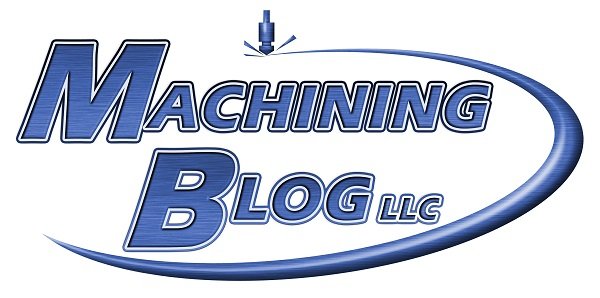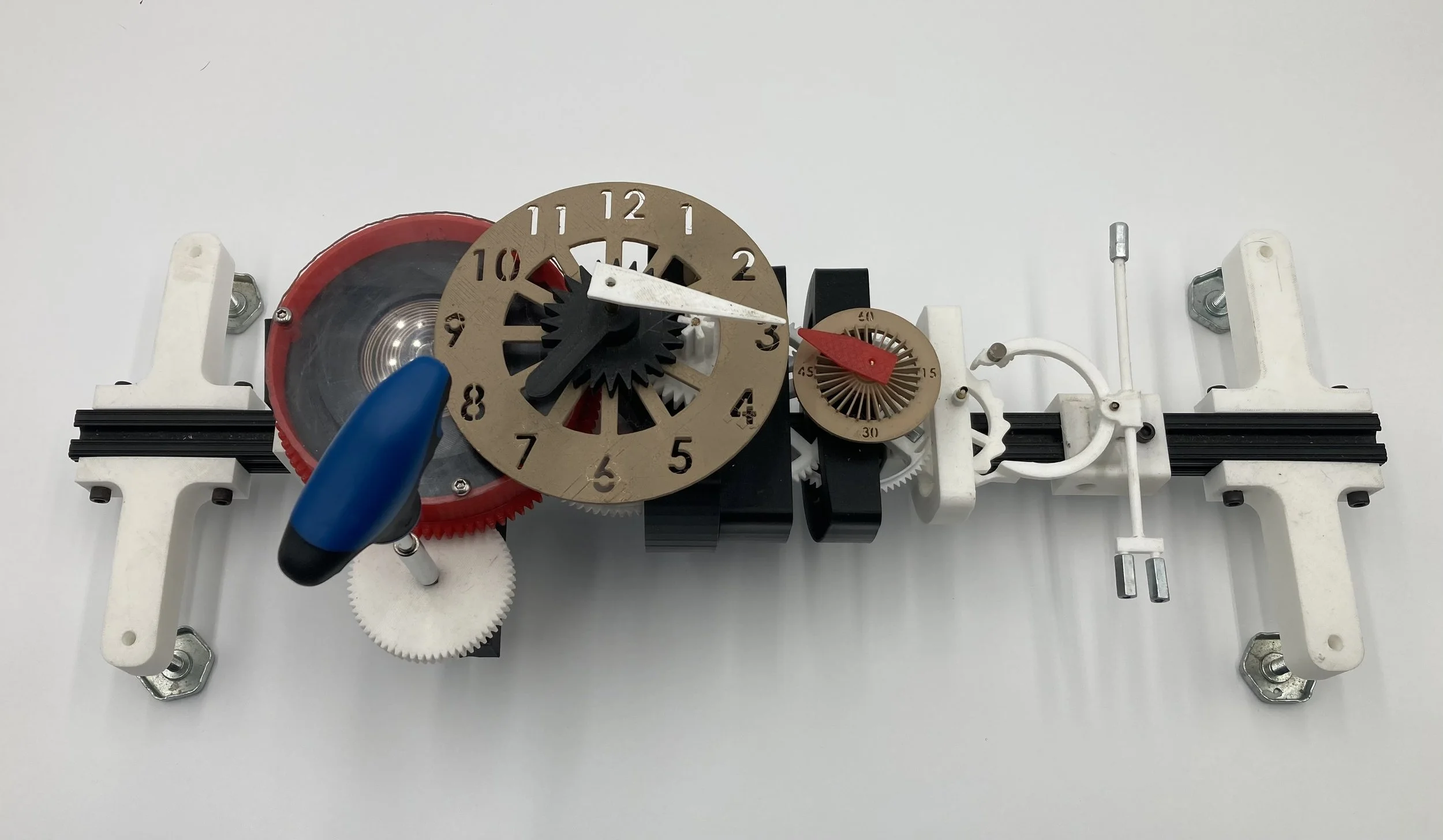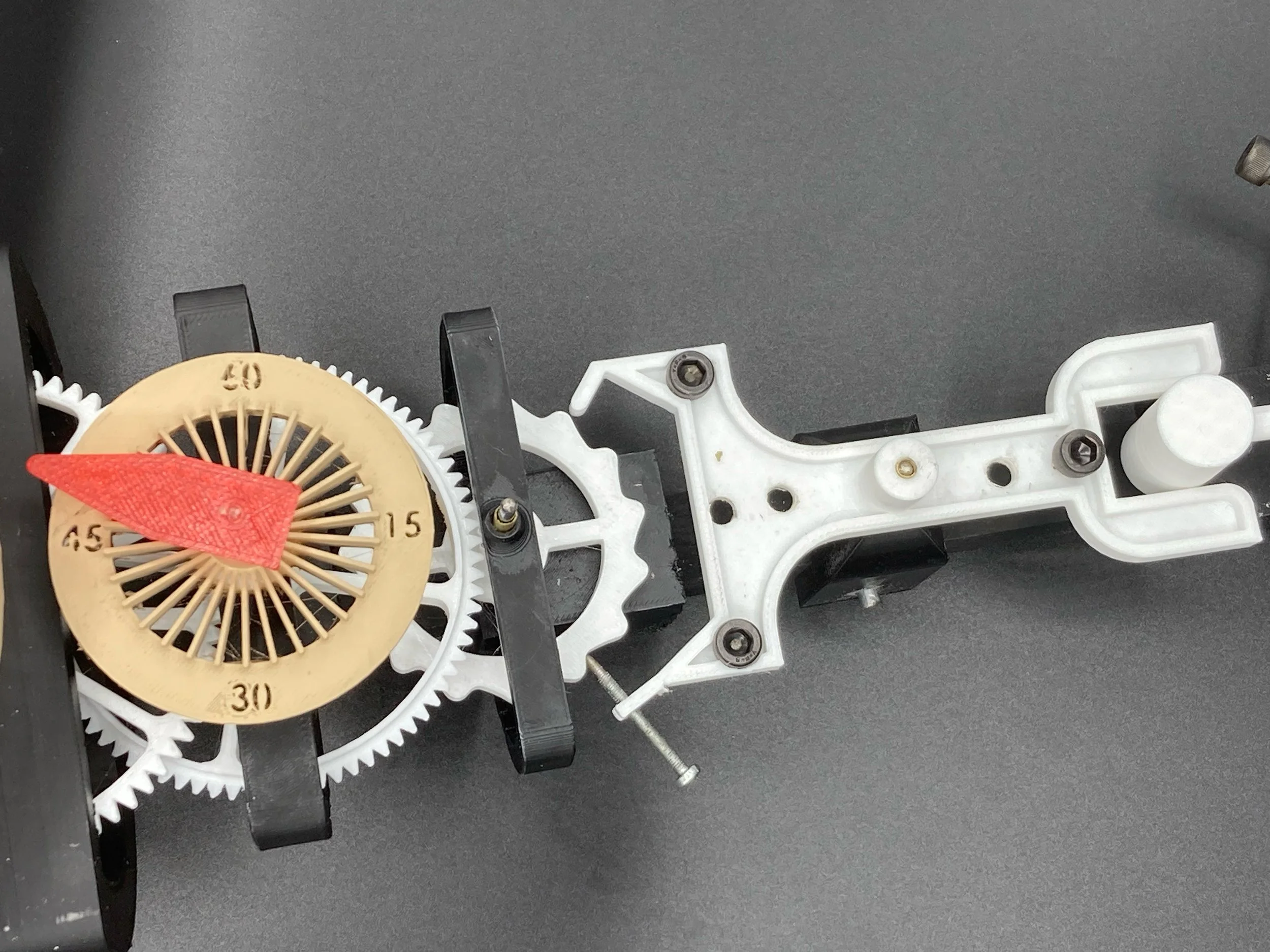I have designed and built a 3D printed clock that has over two dozen printed parts in it. My aspirations for doing this started when I bought mechanical watch movements and disassembled them to see how they work. The clock that I printed was inspired by a mechanical watch movement, but it is scaled up in size by six times.
Machining.Blog® is a weekly blog focused on manufacturing career development. It features blog articles on the fundamentals of manufacturing for aspiring machinists. Our goal is to create an interest in manufacturing in the USA. Our writer Matthew Schowalter has worked in manufacturing for 24 years, and he covers the topics that matter to someone starting their career in manufacturing.
“The soft skills the machinist uses are the unseen tools in their box and can directly impact the success or failure of a dreamed after machining career.”




